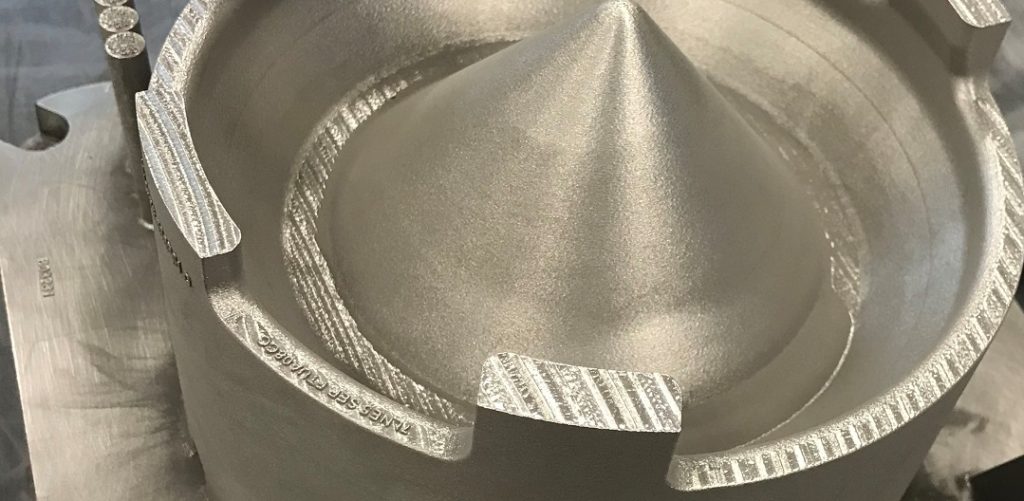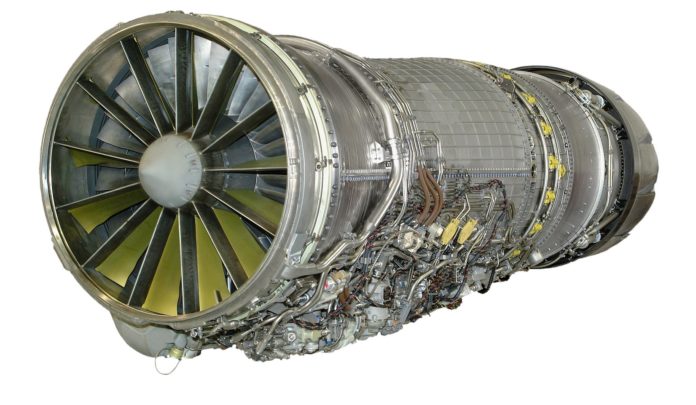Since last year, GE Additive, GE Aviation and the US Air Force are working together for the metal additive manufacturing and certification of aerospace spare parts.
Very soon, a significant number of aircrafts will enter their sixth decade of service, resulting in shortage of spare parts and limiting their production. The US Air Force’s Rapid Sustainment Office (RSO) will therefore take in charge the mission of identifying, applying and scaling technology essential to the production and maintenance of these parts.
Interestingly for the RSO, GE has gained extensive experience in the qualification and certification of metal 3D printed aerospace parts. Such experience will therefore be very useful as the Air Force continues to shape its own metal additive airworthiness and certification path.
“The collaborative effort between the US Air Force and GE shows great promise toward the adoption of metal 3D printed parts as an option to solve the US Air Force’s current and future sustainment challenges. This capability provides an alternate method to source parts for legacy propulsion systems throughout their life cycle, especially when faced with a diminishing supplier base or when infrequent demands or low volume orders are not attractive to traditional manufacturers,” said Colonel Benjamin Boehm, director, AFLCMC/LP Propulsion Directorate.
Improving readiness and sustainability as quick as possible
In AM challenges, operators are always racing against time. That’s why to achieve their goals in the time allotted, partners have no choice but to join the forces of their team. For the first time, GE Additive and GE Aviation’s engineering and supply chain teams have worked together, to support the RSO in its mission.
“Speed is additive’s currency, and by applying our additive experiences with the LEAP fuel nozzle and other parts additively printed for the GE9X, being able to offer an end-to-end solution and also applying lessons learned of a robust certification processes, we’ve been able to accelerate the pace for the USAF,” added Lisa Coroa-Bockley, general manager for advanced materials solutions at GE Aviation.
The US Air Force and GE therefore imagined a program based on a “spiral development” model. Based on a concept often used to enhance software development, the model increases in complexity and scale with each phase. Put simply, the more one advances in the program, the more there is complexity which moves from simpler part identification, proceeds to part and family of parts consolidation and eventually tackles complex components and systems, such as common core heat exchangers.
Phase 1: Identification of GE Aviation spare parts for the F110 and TF34 engines
As part of the first phase of this program, the teams identified GE Aviation spare parts for the F110 and TF34 engines and demonstrate their airworthiness capability.
That’s where GE Additive comes into play. Indeed, the selected component, the sump cover for F110 engine had first been produced with casting technology but that technology is no longer ideal for the production of spare parts.
“Compared to other parts on the F110 engine, the sump cover might have lower functionality, but is incredibly important. It needs to be durable, form a seal and it needs to work for the entire engine to function – which is of course critical on a single engine aircraft like the F-16,” said James Bonar, engineering manager at GE Additive.
Furthermore, the engineering team had to ensure the robust design practices were met during the fine tuning of parameters and the dial-in process at the GE Aviation’s Additive Technology Center (ATC) in Cincinnati. That’s why they leveraged GE Additive Concept Laser M2 machines running cobalt-chrome for the first builds of 3D printed sump covers.

“The program with GE is ahead of schedule and the preliminary work already done on the sump cover has allowed us to move forward quickly. As we build our metal additive airworthiness plan for the Air Force, the completion of each phase represents a significant milestone as we take a step closer to getting an additive part qualified to fly in one of our aircraft,” said Beth Dittmer, division chief, propulsion integration at Tinker AFB.
Remember, you can post free of charge job opportunities in the AM Industry on 3D ADEPT Media or look for a job via our job board. Make sure to follow us on our social networks and subscribe to our weekly newsletter : Facebook, Twitter, LinkedIn & Instagram ! If you want to be featured in the next issue of our digital magazine or if you hear a story that needs to be heard, make sure to send it to contact@3dadept.com






